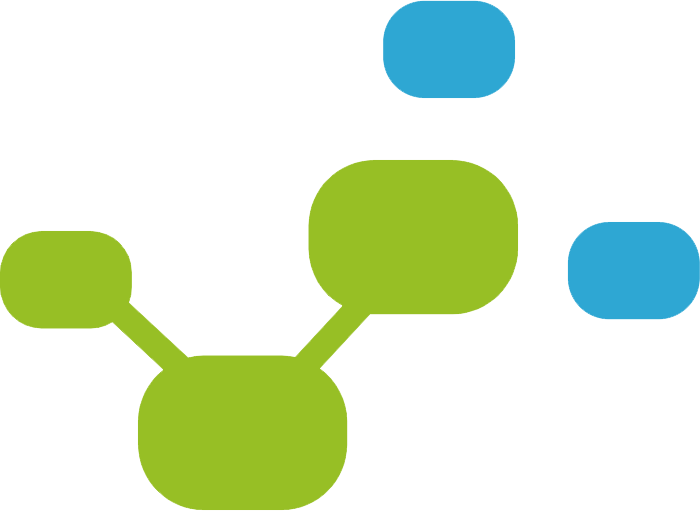Automating the design flow under dynamic partial reconfiguration for hardware-software co-design in FPGA SoC
Biruk Seyoum, Alessandro Biondi, Marco Pagani, Giorgio Buttazzo. Automating the design flow under dynamic partial reconfiguration for hardware-software co-design in FPGA SoC.
Despite its benefits, hardware acceleration under dynamic partial reconfiguration (DPR) has not been fully leveraged by many system designers, mostly due to the complexities of the DPR design flow and the lack of efficient design tools to automate the design process. Furthermore, making such a design approach suitable for real-time embedded systems requires the need for extending the standard DPR design flow with additional design steps, which have to accurately account for the timing behavior of the software and hardware components of the design, as well as of the components of the computing platform (e.g., the reconfiguration interface).
To address this problem, this paper presents DART, a tool that fully automates the design flow in a real-time DPR-based system that comprises both software and hardware components. The tool targets the Zynq 7-series and Ultrascale+ FPGA-based SoCs by Xilinx. It aims at alleviating the manual effort required by state-of-the-art tools while not expecting high expertise in the design of programmable logic components under DPR. To this purpose, it fully automates the partitioning, floorplanning, and implementation (routing and bitstream generation) phases, generating a set of bitstreams starting from a set of tasks annotated with high-level timing requirements. The tool leverages mathematical optimization to solve the partitioning and floorplanning problems, and relies on a set of auto-generated scripts that interact with the vendor tools to mobilize the synthesis and implementation stages. DART has been experimentally evaluated with a case study application from an accelerated image processing system.





